Transcript of The Importance of SEO in Marketing Today written by John Jantsch read more at Duct Tape Marketing
Transcript
John Jantsch: You may never want to become an SEO consultant and expert, but I’m here to tell you, search engine optimization is such an important part of marketing and important part of growing your business today that you better at least know enough to know how to buy it. In this episode of the Duct Tape Marketing podcast, I speak with Dan Shure. He is with Evolving SEO and we talk about search engine optimization and its importance in marketing today and how you need to begin to think about search engine optimization really at the strategic level. Check it out.
This episode of the Duct Tape Marketing Podcast is sponsored by Ahrefs, the SEO tool set that I use every single day. And listen in to this episode because I’m gonna tell you how you can win a full year subscription, over $2,000 value on this amazing tool. Check it out.
Hello and welcome to another episode of the Duct Tape Marketing podcast. This is John Jantsch and my guest today is Dan Shure. He is an SEO consultant and founder of Evolving SEO. So guess what? We’re gonna talk about search engine optimization today. So Dan, thanks for joining me.
Dan Shure: John it’s a pleasure to be on your show.
John Jantsch: So I like to talk about how SEO has evolved and since it’s right in the name of your company, give me your take on how has search engine optimization evolved say over the last five years or so?
Dan Shure: Sure. And John I’d first like to say it’s a huge honor to be on your show. I listened to this podcast back in like 2009 or something when I was first getting into the world of online marketing. So it’s a huge honor to be actually a guest on the show now, so thank you for having me.
John Jantsch: Well thanks. And I guess I’ve been doing this a while.
Dan Shure: So SEO has really changed a lot in the last five years because of how Google has been able to innovate how they return results, meaning they’re returning results at a higher quality now, a higher relevance, less dependent upon the old spammy links that we used to see with their Panda, their Penguin updates. That really cleaned up their search results and it forced us as marketers and SEOs to really do actual, believe it or not, real marketing, real content marketing in order to win in Google. That was really the big first step in an evolution.
And then the second one in the last few years has really been their advancements in machine learning and artificial intelligence, meaning that Google can now take search queries that they very rarely see or have never seen before and actually able to interpret those and rewrite those queries in a way where they can understand the intent behind them.
And then finally attached to that is just their extreme innovation with things like the knowledge graph and entities. If you search like Steve Carell, right? He’s an actor. They know what movie’s he’s been in, what shows he’s been in, what other actors and actresses he might have relationships with. So those innovations in a broad sense are huge in the world of SEO, but I myself as like a true creative and a true marketer that wants to do great marketing, I love that because it really is pushing everyone to actually do great marketing. And so to me all those advancements are a huge positive.
John Jantsch: Yeah, and I’ve often, you hear people whine about, “Why does Google keep changing what they want?” And it’s like, “No, they’ve never really changed what they want, they’ve just gotten better at finding it.”
Dan Shure: Exactly, exactly. And their whole mission statement as a company is to organize the world’s information. So their goal, people have conspiracy theories and they think Google’s just trying to make money and et cetera, but their goal is really to return the best result to the user and get them off of Google.com as quickly as possible. Now there are ways that they try to keep people within Google properties, and that’s a huge balance they have to strike. But they really are trying to deliver the highest value of results to users.
John Jantsch: Yeah, so let me dig in there because I have some concerns. Frankly I think Google, as we said, they always want to return the best for the searcher, that’s their customer. And the end result is that they make more money if they do a better job at that. But I wonder if Google is actually trying to do more of keeping the whole knowledge box. And you can get an answer to a lot of your questions without ever leaving because they’ll put all that content there in those knowledge boxes in the first result. The Google local search results, boy to get to somebody’s website now takes about four clicks off of the knowledge graph or the knowledge panel for their listing. And so it does feel to me like they want us to inform them but not necessarily send them to us.
Dan Shure: It’s a huge dilemma, right? Because as soon as you put a site on the web Google can crawl it, scrape your data, and then put it in their search results with really no repercussions on their part. I think a lot of where they’re heading with the knowledge box, with the featured snippets is mobile. They’re really trying to find a way to deliver answers as quickly and easily and efficiently as possible in a mobile environment. They’ve been thinking mobile first for years now. So I think that’s where they’re going with a lot of that, but, and what I’d love to touch upon in some of this conversation, is some of the opportunities that there still are in search results I believe for businesses large and small.
John Jantsch: And you kind of mentioned this already, and I think a lot of SEO folks are coming around to this, and really a lot of marketing folks. I have a network of marketing consultants and a great deal of the draw I think to folks that join us that maybe are web designers or content people or SEO is they realize they actually can’t do their job anymore without connecting all those things. The days when you’d go hire a web designer to design a nice site and then you’d find somebody to fill it up with content and then you’d turn to an SEO person to SEO it, those days are really over because I think that SEO and content and even design of your website has really risen to the strategic level.
Dan Shure: People ask me all the time, “When should I start SEO?” And my answer, there’s no starting or stopping. I have this thing I say where SEO is happening whether you want it to or not. For anybody listening out there, go to Google, type your name or your business name, and you’re going to find things on the web that maybe you didn’t put there or didn’t intend for there to be there. And in some cases there’s been businesses where you type their brand name in Google and then it says scandal after that in auto suggest. Those are never fun situations. So SEO is like this living, breathing thing that’s happening all of the time. There’s no beginning or not end, so to your point John, and it’s great, is everybody needs to be thinking about SEO from the very beginning. The second you have the idea to put a website online you need to bring in the SEO consultant or educate yourself on SEO to make sure you’re at least covering your bases.
John Jantsch: Yeah. And that was kind of my point. When we design websites today it’s after we’ve done keyword research, at least in my world, because the structure of the website is probably going to be dependent on how I want to show up long term in the content game.
Dan Shure: That’s exactly right. You nailed it. [inaudible 00:07:30] research dictates the architecture. If you’re trying to determine, if you sell services and you’re not aligning your landing pages for your services with the way your consumers are actually searching for them, this is a common thing I see with all business owners, they want to call their product or their service what they want to call it, not what their market’s calling it. And so to your point John as well, that keyword research is going to help you figure out how your market is talking about the thing that you’re selling and then be able to create the pages around them.
John Jantsch: So when you get a client, it’d be great if you started with the blank piece of paper, but I’m guessing 99% of the time you’re unraveling something somebody’s been working on for a while. What are kind of some of the first places you start in kind of a typical engagement where somebody says, “Hey, we’re not ranking and we don’t know. We’ve got a website, we’ve been blogging. Come help us.” How do you start unpacking that?
Dan Shure: Yeah, there’s two fundamental cornerstones. One is what you just mentioned, the keyword research. Everything has to begin with what do you want to rank for? So many people come wanting SEO advice and they have no idea what the goal is, what they’re trying to rank for. So number one is a solid in depth keyword research and analysis process where we are trying to find the keywords that align to their products and services. So that part of it’s number one. Then making sure they have the pages, the content, et cetera to align to align with that and actually drive traffic for those keywords.
But number two’s a solid site audit. It’s a common service now, it’s not fun, it’s not super sexy, it doesn’t necessarily always drive your rankings up, but it’s important, it needs to happen. A site audit is going to fine tune your website to make sure that when you do create content, when you do maybe acquire some back links or do some good PR campaign or something, that your site is set up for success, and that you’re not doing something by accident like blocking Google from accessing your site with your robots.txt file, which I’ve seen happen before. So all of these things are really like the two fundamental areas that I always begin an SEO engagement with.
John Jantsch: Yeah, and I think sometimes, I’ve spent a lot of my time trying to tell people this stuff is not that complex, that a lot of people try to make it complex, but there are elements that are important. Just to your point, I had somebody come to me and say, “We’re not ranking for anything, I don’t know why. Will you take a look?” And so I took a look and yeah, nice website, nice structure, nice content. Somebody had done a lot of on page work. They had some links back to their site. A lot of the things you normally look for, and yet they weren’t ranking for anything. And you went into their search console, no penalties of any kind that I could find. It finally came down to their site just loaded so darn slow that Google just was whacking them really big time. And fixed that one thing and almost overnight they start ranking again. So in your view, I know everybody’s looking for the silver bullet that doesn’t exist, but in your view what are kind of in most cases the handful of really important ranking factors?
Dan Shure: So for ranking factors I want to separate it from product and service pages versus content. They’re two very different things. So let’s talk about product and service pages first. Number one, my opinion is you need, this is a common mistake with all e-commerce site, they want to rank for something but they literally don’t have a page targeting that thing. I was working with a client that sells men’s clothing and they want to rank for men’s winter jackets. Guess what? They didn’t have a category page for that. So it’s kind of common sense but that’s step number one is you need the page to target that topic or that product or thing that you want to rank for. That’s number one.
Once you have that page a lot of people think like, “Oh, should I stuff keywords on it or put a paragraph of text above the product listings?” None of that really matters in the grand scheme of things. What I would say is once you have a page that you know what you want it to rank for, winter men’s jackets, in your title tag have that keyword in the URL, have the keyword, and then beyond that which I love, it’s about having a great page that really engages and satisfies the user when they land on it from that search intent. And that’s a lot there, so I’ll unpack that a little bit.
You have to trace everything back to what is the intent of what the user wants to accomplish when they perform a search. So if somebody’s searching winter men’s jackets that could be a transactional search but it might be a browsing search where they’re researching what the best winter men’s jacket is. So guess what? If you’re an e-commerce site but you educate people when they land on your category page, if you educate them to what makes a great winter jacket, is it light weight, does it have the best insulation, whatever that is, that’s a great page that helps engage that user with that intent when they land on it. So Google’s looking at that, Google’s trying to look at things like goal completions, people returning to the site. So all of those UX factors are super important for products and services.
Number two believe it or not is how much Google perceives your brand to be an authority around your topic. And there’s one very strong way that I think they’re doing this and that is with brand search volume, and then brand search volume with your keyword after it. So my company’s Evolving SEO. If people are going to Evolving SEO, if people are going to Google, they type Evolving SEO audit as a search in Google, that’s a strong signal to Google that they’re actually looking for the service that I provide and that I’m a brand that’s reputable around that. So there’s a lot of ways we can get into to actually influence search behavior to do that. Offline ads are huge, Instagram ads are huge. Which is funny because to your point earlier John, that’s not like SEO necessarily, that’s advertising in social media, but it all feeds back into the SEO. So it’s kind of a long winded way to say that all these other factors surrounding your products and services really help that page rank. We could do hours on that.
But let me shift a little and talk about content ranking. And I’d love to chat about content marketing and SEO for a few minutes after that if we have a few minutes. If you have a blog post that you want to rank in Google, again you need to know what keyword you want to rank that post with to begin with. That’s number one. The mistake people make is they have no idea what search term they actually even are targeting. But once you have that determined then there’s a few ranking factors in my opinion that are critical. I mentioned UX, I mentioned brand, but topical linking is huge. So think about it from a user’s perspective.
Somebody goes to Google, they search how to tie a tie. That user might be interested in more content around fashion, around maintenance or how to use your clothing correctly, how to match outfits, whatever it is. So on your blog post pages you need to be linking to your categories of content as well as related pieces of content to help pull that user through the funnel, through the journey of what they’re actually trying to do. Somebody is searching how to tie a tie, think about what situation they might be in. Are they going to a wedding, are they going to a prom? Think about what are they doing and think about how you can link to your other resources one click away from that article on your site to help guide them through that process.
And then the last thing I’ll mention here John is storytelling. I was working with a client. Huge client, I can’t mention them, but very very well known client. They wanted to publish content for knowledge workers. Yet when I reviewed Google for the content that was ranking very well for knowledge workers searches, everybody was doing a great job telling stories. The content ranking was by actual human beings, like authors that people could read their content and relate to as a human being. They could read their story and resonate with that. My client wasn’t doing any of that. They weren’t telling a story, they weren’t getting the person personally invested in who this author was writing that content. Knowledge work. That’s a very personal, emotional space. And so actually telling a story to reveal who you are as an author, get that author to stick on your content because they want to learn more and find out more about you as a person, is a huge ranking factor, and I say that in air quotes even though you can’t see me. And that’s huge. So I want to encourage all the listeners out there, great UX, brand, search volume, topical linking, storytelling. Huge ranking factors that really aren’t talked about a lot but are super important.
John Jantsch: hey, I wanted to remind you this episode of the Duct Tape Marketing Podcast is sponsored by Ahrefs and I’m giving away a full year subscription to this awesome tool that helps you grow your search traffic, research your competitors, and monitor your niche. I use this tool every single day. One of my favorite ways to use it is to learn why competitors are ranking so high and what I need to do to outrank them. There’s so many great back link tools, search tools, keyword research tools, rank tracking, all built into this tool. And that’s why I love it so much. If you want to enter to win a full year of this tool, that’s like $2,000 value, go to Duct Tape Marketing Podcast and find this episode. If you’re listening to this, if you’re on the page, the links are down below, but you’re gonna subscribe to the podcast. You are going to maybe do a little tweak to get som extra bonus entries. And in a couple weeks we will pick a winner and we’ll let you know if you won a full year. So go check it out.
One of the things we end up working with, there’s a lot of folks they just really haven’t had any content. They’re waking up to it and realizing they need to, but it’s kind of they’re almost starting from zero. And there’s a lot of SEO branded content out there that is really trying to teach people how to write that one big unicorn post that’s gonna get them thousands of visits over so many days or so many months. How do you kind of reconcile that with the fact that a lot of businesses, most small businesses anyway, need to kind of view traffic as an asset rather than a couple home runs? That’s something that they build kind of over time. And again, maybe you disagree with that idea.
Dan Shure: Yeah, no, I don’t disagree at all. I am well aware of the realities of the sometimes minimal resources that small, medium businesses have. So sure, if you have the resources or if you’re just sitting around because you have tons of extra time, you’re not married, you don’t have kids, you want to create some massive guide or piece of content, great. But most people don’t have that. So there’s still ways to find topics, create content, and drive good amounts of traffic with posts that are not these 5,000 word mammoth guides pieces of content.
One example I’ll give you is I had a client, very similar situation, small website, low domain authority. I did some keyword research for them and I’ll be happy to talk through what that process is, but I gave them a topic. I gave them 10 topics actually. They wrote about all 10, but one of those in particular did so well that after six months they had 35,000 visits from Google. And the first 90 days they had like 2,000, but Google takes some time to kind of ramp up in terms of your rankings. Now this piece of content was not some earth shattering 10,000 e-Book or guide, it was maybe a thousand word blog post that I’m guessing probably took their writer maybe five or six hours to do. But it was all about pointing in the right direction, it was all about aiming. And that’s what a lot of people are not doing and taking advantage of when it comes to content marketing and SEO. They’re just throwing out blog posts. There’s no strategy behind it and there’s no aiming at the topic that has opportunity.
John Jantsch: Yeah, no question. So let’s say you get one of those. Like I have a couple funny ones that I don’t necessarily make any money off of but they are definitely top of the funnel lead capture opportunities for me. So let’s say you get one of those. Like I write a post years ago on replacement tools for the Google Keyword Planner, and that’s like number three in Google. I get about a thousand visits every day for that, have for years. Wrote another one about Facebook, same deal. So if somebody does kind of catch lightning in a jar for one of those kinds of things, how do they take advantage of that? Because a whole bunch of people just visiting their website obviously it not gonna make them any money.
Dan Shure: Yeah, I think the first thing to do is make sure you’re measuring everything correctly. So for anybody out there that has something like that make sure to go to your assisted conversions in Google Analytics. Well first of all make sure you have some kind of goal tracking set up to even measure this. But then once you do go to assisted conversions and go to it by landing pages. And look to see if that content is actually driven first click or assisted conversions, because that’s where I’ve talked to so many marketing managers, content managers, and they say, “Well our content doesn’t convert.” But then I go into their assisted conversions and I’m like, “Nope, it actually does if you look at first click,” because often times it’s the first discovery channel. So make sure they’re doing that.
Number two, make sure that for all the listeners out there that you have a secondary or other conversions, light touch point conversions that people can be doing. Is it signing up for an email list, is it just simply maybe following on social media. Make sure that you’re measuring that because not every visit of course is going to be a customer right away on the first visit. So there’s other secondary conversions.
But now to your specific question, what I would say is you can leverage that. That content’s going to provide value in other ways. Number one, I’ve seen that if you drive traffic from a piece of content like that around a topic. So an example is I had a client in the industrial safety space. We created him a piece of content about industrial safety. It drove tons of traffic. It was their most trafficked piece of content ever. Did it convert? No, it was nowhere near conversions or anything like that. But we saw their rankings for their industrial safety products improve after we published that piece of content because Google saw, “Okay, this company is relevant around this topic of industrial safety.” And so that’s a huge value point. And I know people want to measure things and they don’t like those [inaudible 00:22:10] abstract measurements, but it’s there and it happens.
And the last thing I’ll just mention too is that once you start ranking and driving traffic for content people are visiting your website, now you’re going to rank higher in their personalized search, meaning that if somebody finds your content, they traffic that, we they visit your website, they’re searching Google for a product or service that you have, you’re actually going to rank higher because now you’re personalized and you’re in their search history. So there’s a lot of extra value. I think people should be thinking about leveraging that piece of content, cross linking to things that do convert, leveraging that content maybe more for PR, link building. But yeah, to your point, not every piece of content’s going to be a conversion machine. But traffic’s traffic, and free traffic from Google, there’s definitely value to that.
John Jantsch: Well and we’ve seen pages like that if we will link internally to other pages it will actually help prop them up.
Dan Shure: Yes.
John Jantsch: And we definitely try to put some sort of content upgrade on those pages so we’re capturing email addresses and so you can then have that sort of random visitor that came by looking for something specific all of a sudden you can build a relationship with.
Dan Shure: Absolutely.
John Jantsch: So Dan tell people where they can find out more about you and we’ll even link to your audit process if you would like us to.
Dan Shure: Sure. My sort of home base online is Twitter. D_Shure, S-H-U-R-E. I’ve got an SEO podcast called Experts On The Wire. I’ve interviewed Rand Fishkin and Annie Cushing and John Mueller from Google and a whole ton of people. So we go very in depth technically sometimes and talk about growth stories, et cetera. Then just my website, EvolvingSEO.com. Or Google Dan Shure. I kind of take over the first page there. So anywhere in those places you can find me [inaudible 00:24:07].
John Jantsch: Awesome. Well Dan thanks for joining us and I think you’re in the Boston area, right? Is that right?
Dan Shure: I am. I’m in Wooster, Massachusetts. 45 minutes from Boston.
John Jantsch: Well next time in that part of the woods maybe we’ll bump into each other.
Dan Shure: I’d love it.
John Jantsch: Hey thanks for listening to this episode of the Duct Tape Marketing Podcast. I wonder if you could do me a favor. Could you leave an honest review on iTunes? Your ratings and your reviews really help and I promise I read each and every one. Thanks.
Powered by WPeMatico

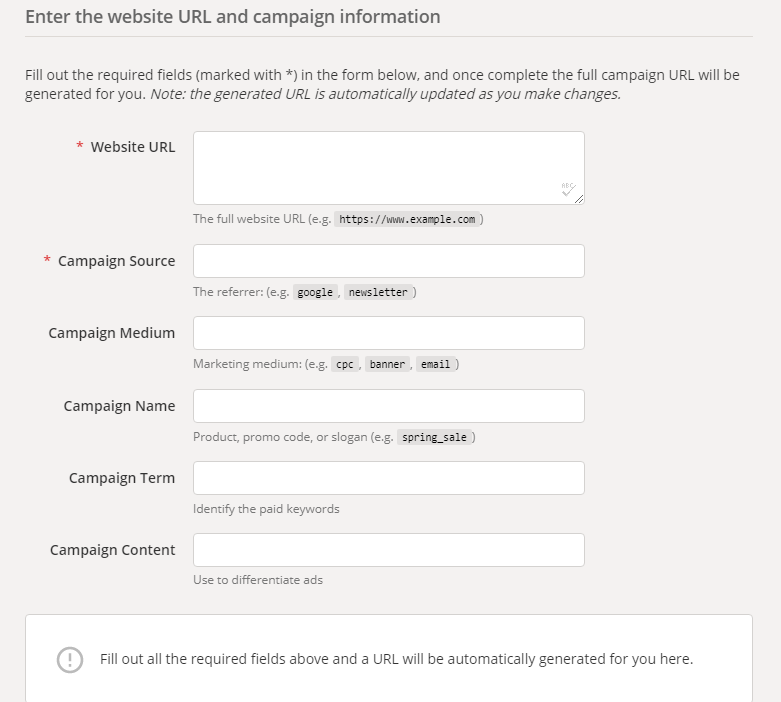
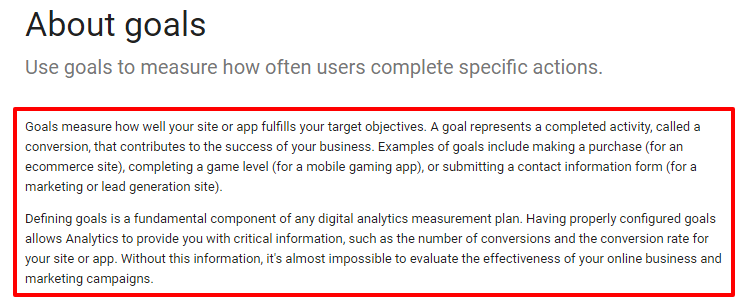
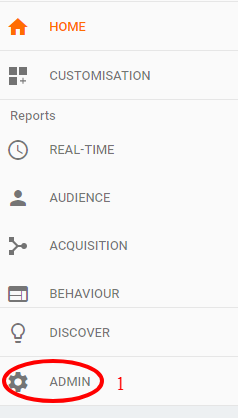
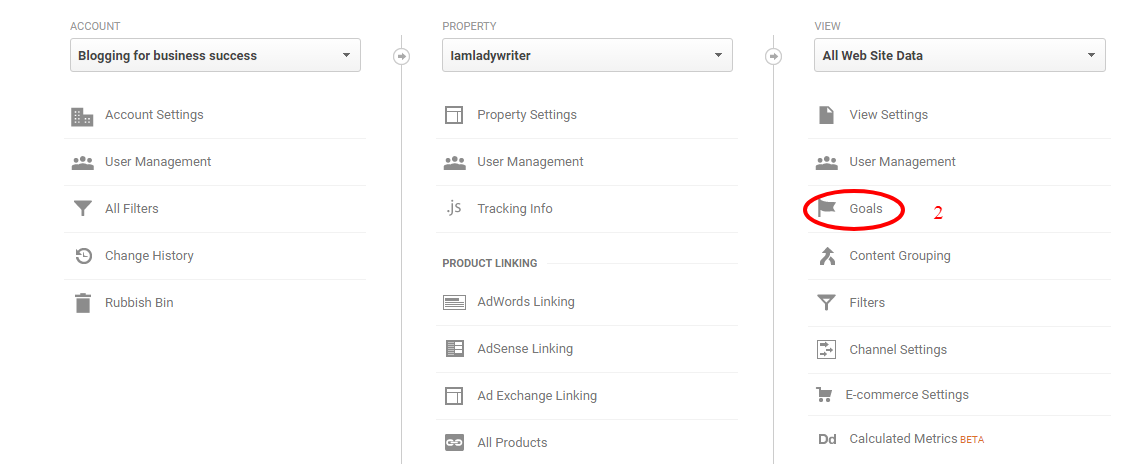

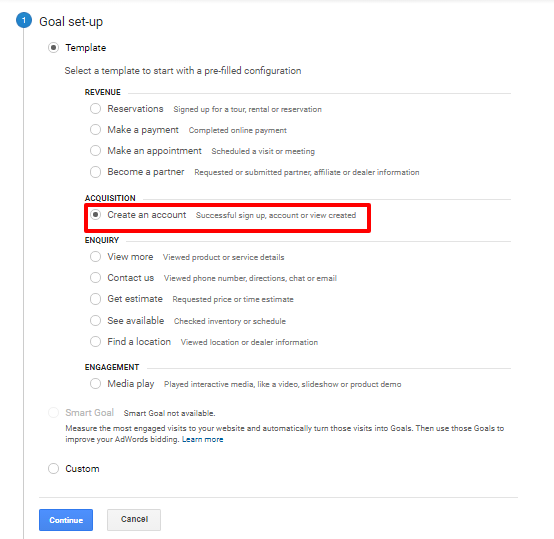
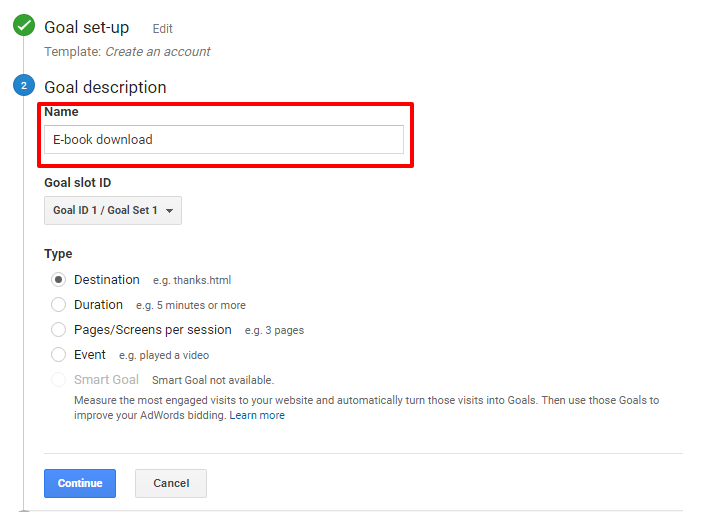
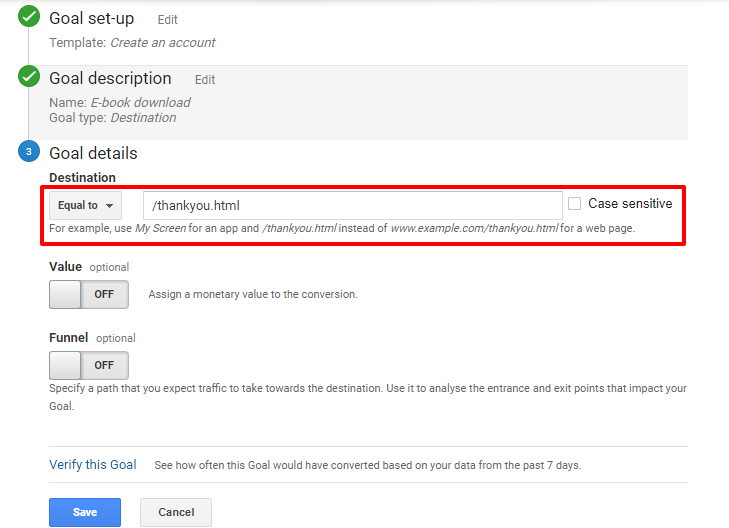


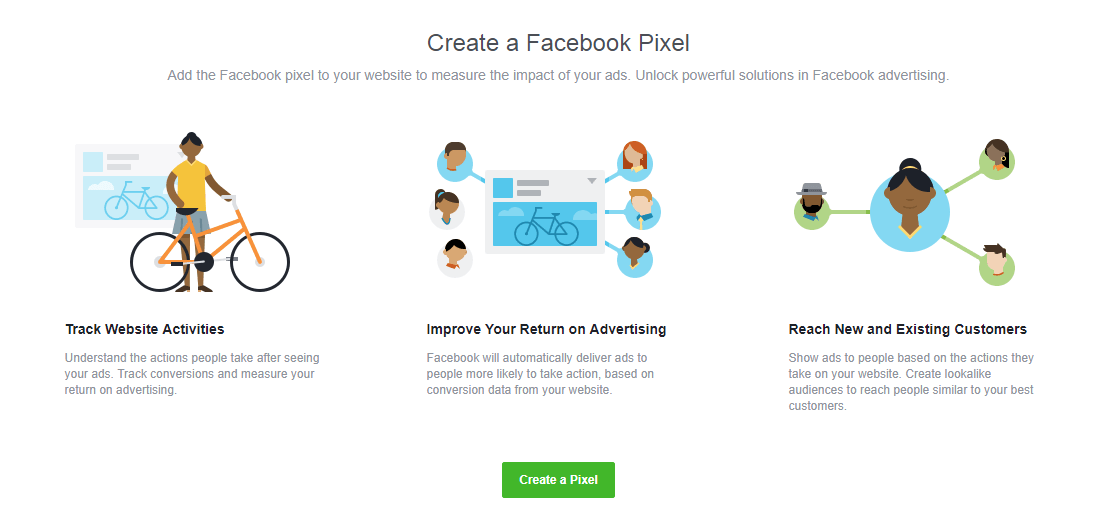

 About the Author
About the Author